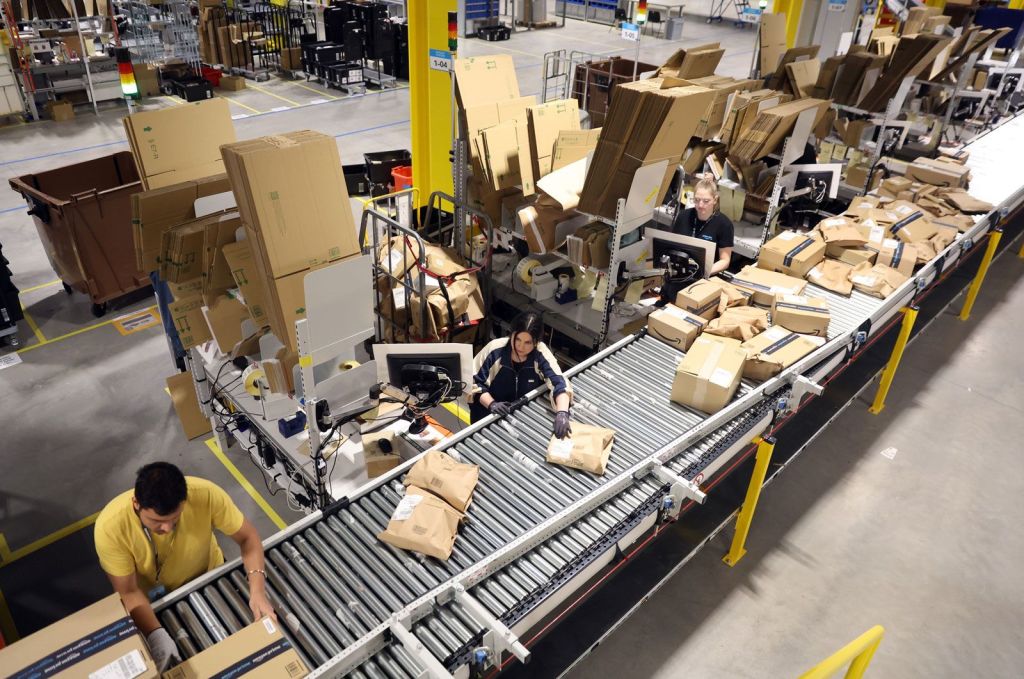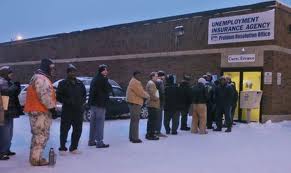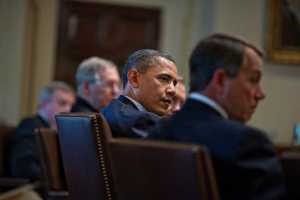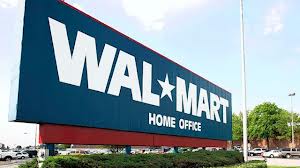
Despite its humble beginnings in a Seattle two car garage in 1994 and web presence in 1995 as a purveyor of books, Amazon has subsequently grown into a behemoth, becoming the world’s largest online retailer with a current market cap of $1.61 trillion.
Founder Jeff Bezos, ever the visionary and e-commerce pioneer, observing that the internet was growing at a rate of 2300% a year, quit his job at a Wall Street firm and moved to Seattle, hoping his venture world payoff in the best and largest online mall.
He initially dubbed his new company Cadabra, Inc, but after his lawyers misheard it as cadaver, he decided on a change. Browsing through a dictionary, the word Amazon for the world’s largest river caught his eye.
It wasn’t long before Amazon moved beyond its foothold of selling books to diversifying in 1999 into selling and auctioning toys, electronics, tools and hardware, and kitchenware.
Sales took off and Amazon hired 20,000 seasonal employees to meet demand.
Today, Amazon continues to be the global leader in e-commerce, providing a refined marketplace which connects buyers with sellers, boasting the largest fulfillment network in the world, and promoting a vibrant culture of innovation and emerging technologies.
The Seattle based company employs more than 90,000 people in the state of Washington, with the actual number of employees exceeding 380,000 worldwide, making Amazon one of the biggest job creators in the last decade. These jobs consist of anything from corporate engineers and marketers to hourly warehouse and customer service representatives. The company operates at a scale unequaled in contemporary business and technology.
Unfortunately, it’s become “a bloody beast,” says one of its critics, swallowing up independent brick and mortar enterprises, commencing with its purchase of Whole Foods in 2017, a $13.7 billion deal.
Now a multifaceted eCommerce platform, it earns its income through arrangements of retail, third-party sellers, subscriptions and,more recently, in servers and other forms of employee data storage.
Innovation has been the hallmark of Amazon’s continuing success. Kindle, for example, proved one of its best, changing the way the public buys its books to the chagrin of physical bookstores.
Currently, Amazon has been investing in drone delivery, which would revolutionize how packages are sent and received worldwide.
Despite Amazon’s critics, the public’s response has been very favorable, with Amazon delivery trucks now a daily sight in residential neighborhoods .
Amazon’s adoption of public reviews of its many goods is a stroke of genius. Readers can see what others think before making a purchase.
Then there’s the convenience of not having to climb into your car, consuming time and gas. The fallout, of course, is huge for local retail.
Amazon is also consumer friendly, offering fast delivery, easy return of goods, and speedy refunds. According to the American Customer Satisfaction Index, Amazon is the #1 company in the US for customer satisfaction. Over 100 million paid subscribers globally have signed up for Amazon Prime, which allows for two day delivery on more than 100 million items, unlimited streaming of movies and TV shows, along with a million songs.
Recently, it purchased audio.books.
Critics have too often ignored its progressive hiring policies. Amazon has ranked in the top three for new job creation in the United States. Its employee headcount has grown from 31,000 in 2008 to 382,400 in 2017, and it is expected to continue growing. Amazon is known for creating jobs that are not temporary or seasonal.
A study done by eHealth found that Amazon ranks first as the most Military Spouse Friendly Employer in the list of the top 50. Additionally, Amazon has fulfilled its pledge to hire 25,000 Veterans and Military Spouses by 2021. Amazon is committed to training and hiring Veterans for the Career Choice Program, which is exclusively for active duty service members and spouses. The program educates and prepares them for job placement at Amazon or any other company. This exclusive program is a win for Veterans who are searching for a new career, as they receive training for a job that is guaranteed to them.
Moreover, Amazon is dedicated to hiring people with disabilities and provides accommodations for over 120 roles. They have expedited the hiring process to as little as 48 hours for those who apply.
Amazon is one of the front runners in hiring ex-offenders and individuals who were recently incarcerated. With the Ban the Box movement gaining momentum, many companies are removing criminal offense questions from their initial job applications.
Amazon has also approached the United States and Canadian Governments for vital roles in public sectors and special clearance jobs that help fund public projects. An example of this is Amazon’s creation of a second headquarters (HQ2), in Arlington, VA, which is expected to create an estimated 50,000 jobs and $5 billion in investments over the next 10-15 years.
Amazon is focused on long-term employment and has been implementing various initiatives to improve job quality and employee benefits. An example of this is the large recruiting and hiring efforts in the state of Wisconsin.
But there remain negative aspects that merit attention; namely with regard to warehouse employees, pressured to take on physically demanding tasks, skip bathroom breaks to maximize targets, penalized for taking sick days or time off, resulting in high turnover.
The extent of Amazon surveillance has led to numerous complaints as workers feel their privacy is being compromised and that they’re being treated like robots. In 2018, warehouse workers reported they were being monitored by GPS tags, with exact details of their location and any rest breaks they take.
Alongside surveillance, there are strict productivity quotas involving a completion rate of tasks within a certain time frame. Failure to do so can lead to warnings and in worse cases, termination of employment.
When it comes to stock units paid to new employees in their third or fourth year, many aren’t around to receive them.
Stress is inherent with any Amazon hire, whether in a warehouse, office, or delivery. Amazon ranks employees against each other and eliminates the bottom 6% annually.
Meanwhile, Amazon has maintained a tough stance against unions, hiring the firm Complete Solution Staffing to inform its employees of the problems with unions.
Amazon has recently been subjected to controversy over its tax policies and their implications. Over the past few years, the corporation has paid very little or no taxes to the government. Contrary to most U.S. based corporations, Amazon paid no federal taxes for the year 2017 and 2018, despite the fact it was a highly profitable company.
Despite this, the company has contributed state taxes that total almost $1.2 billion dollars and has created many jobs that have in turn, increased tax revenue. Amazon defended their tax payment policy in a statement to Business Insider: “Amazon pays all the taxes we are required to pay in the U.S. and every country where we operate, including paying $2.6 billion in corporate tax and reporting $3.4 billion in tax expense over the last three years.”
Critics cite Amazon’s dynamic growth as a detriment to retail business, under selling them and driving them out of existence. Former Amazon chief financial officer Warren Jenson commented that if your business makes a profit, Amazon sees you as the competition and will be coming for you. Currently, it seeks to imitate highly successful Trader Joe’s.
The Federal Trade Commission has recently sued Amazon for being an illegal monopoly, where 40% of online shopping occurs on Amazon.com, creating higher prices for consumers.
Amazon vigorously disputes the FTC assertion and continues to seek expansion.
—rj







